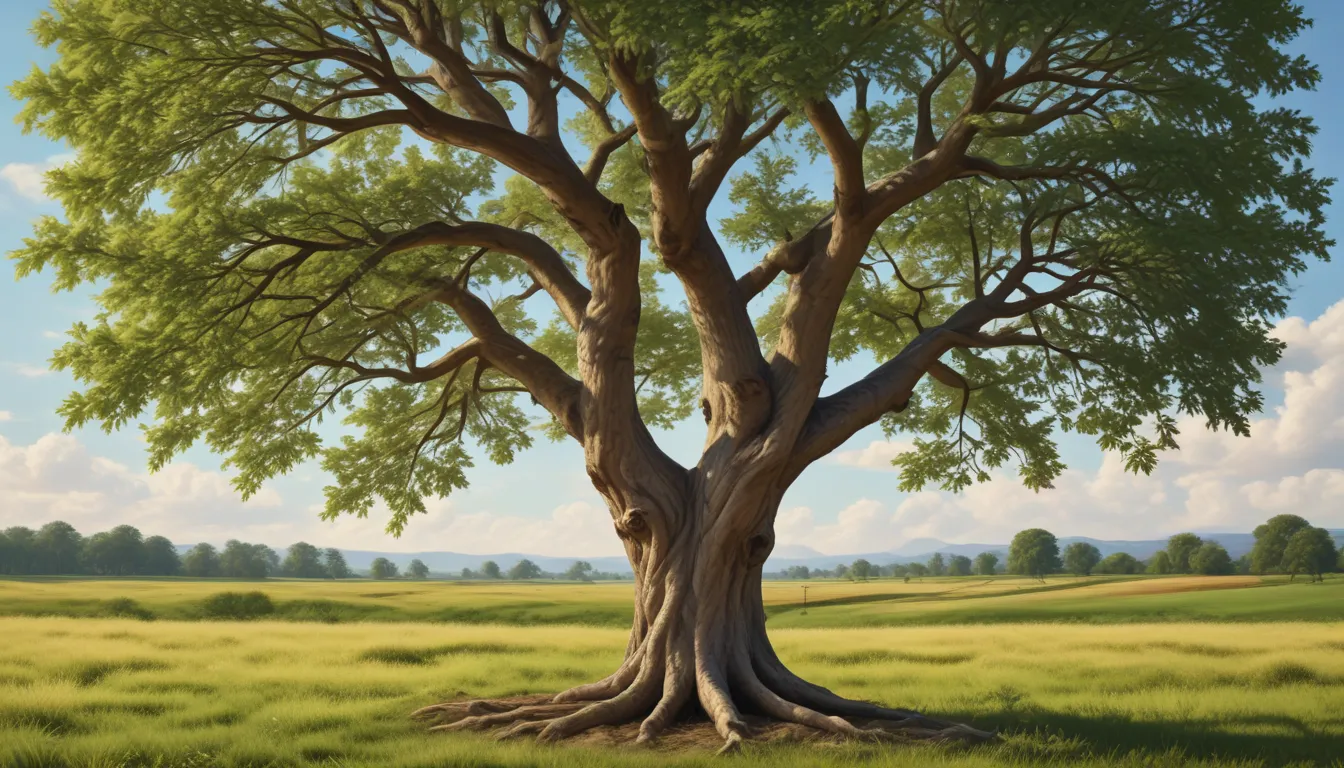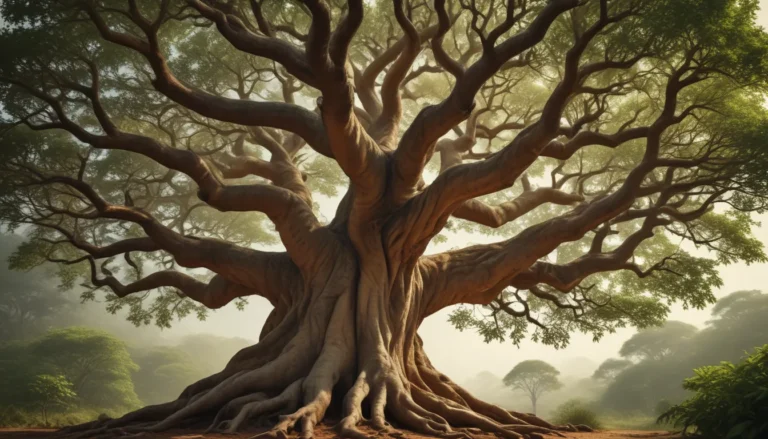The pictures we use in our articles might not show exactly what the words say. We choose these pictures to make you interested in reading more. The pictures work together with the words but don’t take their place. The words still tell you the important facts.
Have you ever marveled at the grandeur of ash trees, with their sprawling canopies and sturdy trunks that stand out against the sky? These majestic trees have a rich history and an array of secrets waiting to be uncovered. Ash trees go beyond providing shade and aesthetics; they are a fundamental part of our ecosystem with a significance that stretches back through time. Join us as we delve into the captivating world of ash trees and unveil some of the most intriguing facts about these forest giants.
Unveiling the Unique Features of Ash Trees
-
Ash trees can reach towering heights of up to 80 feet, making them a striking presence in any landscape and offering ample shade on sunny days.
-
One of the distinguishing features of ash trees is their compound leaves, typically consisting of 5 to 11 leaflets, setting them apart from other tree species.
-
The wood of ash trees is renowned for its exceptional toughness and elasticity, making it a preferred material for crafting tools, baseball bats, and furniture due to its unparalleled durability and flexibility.
The Vital Role of Ash Trees in Ecosystems
-
Ash trees serve as vital components of their ecosystems by providing habitats and sustenance for a multitude of wildlife species, including birds and small mammals who utilize them for nesting.
-
Through the decomposition of their leaves, ash trees enrich the soil with essential nutrients, fostering a healthy environment for the growth of other plants.
-
Ash trees excel at absorbing carbon dioxide from the atmosphere, aiding in the mitigation of climate change by efficiently sequestering carbon with their large size and expansive leaf area.
Unraveling the Historical and Cultural Significance of Ash Trees
-
In Norse mythology, the ash tree known as Yggdrasil is revered as the "World Tree," serving as a central cosmic element that connects various realms, underscoring the deep-rooted cultural significance of ash trees throughout history.
-
During the Middle Ages, ash wood was highly prized for its strength and resilience, making it a preferred choice for crafting weapons and tools.
-
Across diverse folklore and myths in different cultures, ash trees are associated with strength and protection, transcending their physical presence to embody symbolic importance.
Navigating the Threats Facing Ash Trees
-
The emerald ash borer, an invasive beetle, poses a significant threat to ash trees, having already decimated millions of them in North America, jeopardizing the survival of ash populations.
-
Ash dieback, a disease caused by a fungus, afflicts ash trees with symptoms such as leaf loss and bark lesions, ultimately leading to the demise of the tree, with devastating consequences across Europe.
-
Climate change presents a looming threat to ash trees by altering their habitats, potentially resulting in a decline in their population and exacerbating existing challenges.
Ash Trees in Urban Landscapes and Planning
-
Due to their aesthetic appeal and rapid growth, ash trees are commonly planted in parks, along streets, and in private gardens, enhancing urban environments with their beauty and greenery.
-
Ash trees play a crucial role in mitigating the urban heat island effect by providing shade and cooling the air, contributing to increased comfort in cities during hot summer months.
-
With their ability to absorb pollutants, ash trees are invaluable in improving air quality in urban areas, addressing the pressing issue of pollution through their eco-friendly attributes.
Empowering Conservation Efforts for Ash Trees
-
Conservationists are actively engaged in developing resistant strains of ash trees to combat the threats posed by the emerald ash borer and ash dieback, critical for safeguarding the species' survival.
-
Reforestation initiatives centered around ash trees are underway in regions where populations have dwindled due to disease or pests, aiming to restore ecological balance and ensure the continuity of ash trees.
-
Public awareness campaigns play a pivotal role in educating individuals about the challenges confronting ash trees and rallying support to prevent the spread of diseases and pests that endanger these majestic beings.
Unveiling the Delightful Quirks of Ash Trees
-
Ash trees can live for centuries, with some specimens surpassing 250 years, a testament to their enduring resilience.
-
The seeds of ash trees, known as samaras, sport a distinctive paddle-like shape that aids in their dispersal far from the parent tree, carried aloft by the wind.
-
Ash trees boast a charming spring bloom of flowers that precedes the emergence of leaves, a subtle yet enchanting feature that adds to their allure.
-
In certain cultures, ash wood is believed to possess magical properties, including the ability to ward off malevolent spirits, imbuing the trees with a mystical aura.
-
Ash trees undergo a dazzling transformation in the fall, showcasing vibrant hues of yellow and purple that enhance the autumnal landscape with their breathtaking beauty.
-
The etymology of the name "ash" traces back to the Old English word "æsc," meaning "spear," a nod to the tree's historical association with weapon-making.
-
Beyond their environmental and wildlife benefits, ash trees serve as a wellspring of inspiration and awe for those who appreciate their history, splendor, and resilience.
Embracing the Legacy of Ash Trees
From their towering stature to their ecological contributions, ash trees embody a profound significance that transcends mere botanical presence. They stand as stalwart pillars of support in our ecosystems, nurturing a diverse array of wildlife and enriching the soil with their organic bounty. As we navigate the challenges posed by threats like the emerald ash borer and climate change, it is paramount that we rally behind the cause of preserving these majestic trees for future generations. Let us cultivate a deeper understanding and appreciation for the invaluable role ash trees play in our environment and our lives, safeguarding their legacy of resilience, beauty, and interconnectedness. Every leaf, every branch, and every trunk of the ash tree whispers a tale of endurance, elegance, and the intricate tapestry of life that binds us all together.






